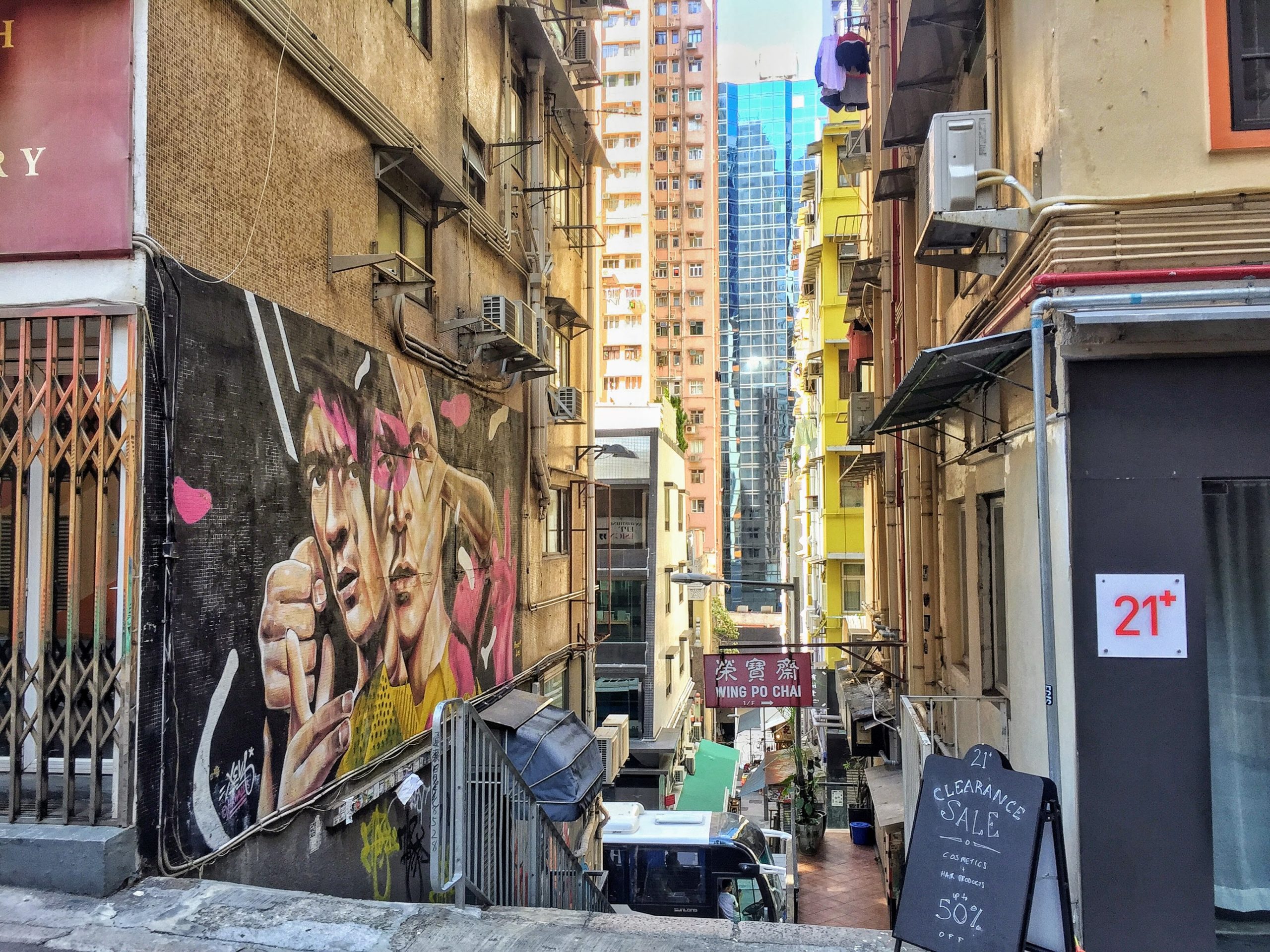Businessman Ivan Ko of the Victoria Harbour Group wants to build a new city in Ireland. Ko’s idea, first reported by Ben Haugh of The Times, is to bring the people of Hong Kong – and their capital – to plan, build, and control this new city. The increasing dominance of mainland China in Hong Kong’s affairs provides a supply of willing and wealthy emigrants, who wish to leave what they see as a draconian regime. Those migrants would benefit greatly from the stable democracy Ireland enjoys. The benefit for Ireland would be the infusion of ideas they bring with…
Cancel at any time. Are you already a member? Log in here.
Want to read the full story?
Unlock this article – and everything else on The Currency – with an annual membership and receive a free Samsonite Upscape suitcase, retailing at €235, delivered to your door.

